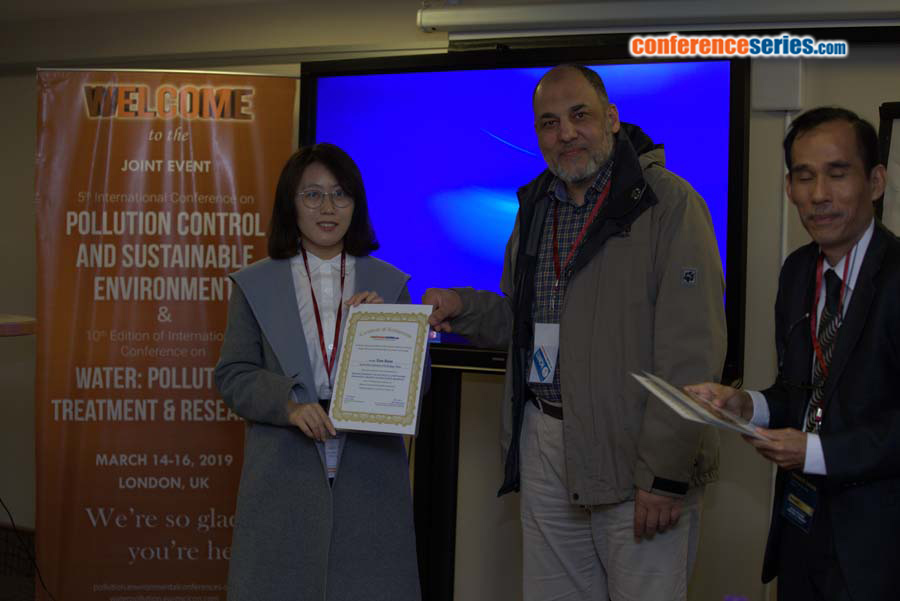Yumiko Nitta
Hiroshima Shudo University, Japan
Title: The measurement of wildlife exposure to cadmium contributes to assess its contamination in the Hiroshima wide area urban districts and the human health
Biography
Biography: Yumiko Nitta
Abstract
Cadmium (Cd) is one of the contaminants inevitable to be consumed through foods. During a screening of the Cd concentrations in the game meat commercially available in the Hiroshima wide area urban districts, some of the meat contained more than 0.05 mg/kg of cadmium. We set up the two areas having the agricultural landscapes within the districts, captured wildlife and measured the Cd concentrations in muscle and kidney. The distribution of Cd in the body confirmed the higher concentrations in kidney than in muscle. The concentrations in muscle of all the captured wild boars (Sus scrofa leucomystax), one of the large wildlife speices were less than 0.05 mg/kg, while the average concentrations in kidney were 1.97±1.67 mg/kg. The concentrations in muscles of the 3 species of the medium-sized wildlife, weasel (Mustela itatsi), raccoon dog (Nyctereutes procyonoides) and red fox (Vulpes vulpes) were less than 0.05 mg/kg, while those in kidney were 4.63±6.66 mg/kg with the range of 0.29-20.60 mg/kg. To find out the source of Cd accumulated into the mammals, the levels in the soil of their habitat were measured. As the Cd values in soil was low at the examined areas, other sources of the Cd accumulated in the wildlife could be suspected. To screen the game meat or the wildlife muscle in the agricultural landscapes by the criterion dose of 0.05 mg/kg was informative for the risk assessment of the humans exposed to Cd.



